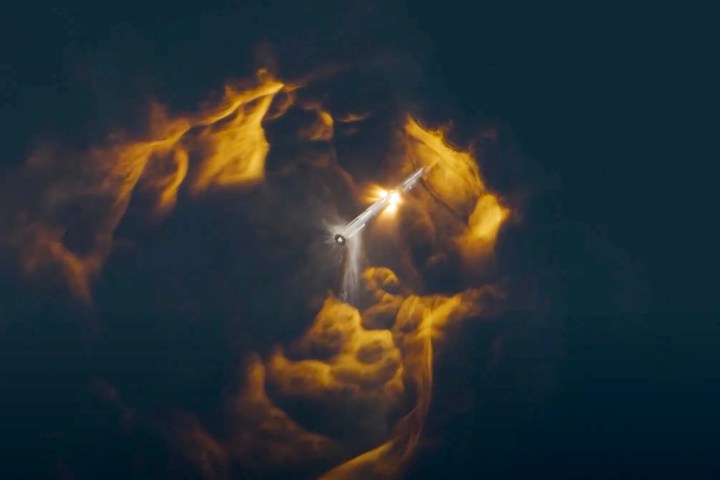
SpaceX boss Elon Musk has said the mighty Starship rocket could take its fourth test flight as early as June.
Responding to an inquiry on X (formerly Twitter) asking about plans for the next launch of the world’s most powerful rocket, Musk said: “Probably 3 to 5 weeks.”
The 120-meter-tall (395 feet) Starship — comprising the first-stage Super Heavy booster and upper-stage Starship spacecraft — has flown three times to date, with all of the missions launching from SpaceX’s Starbase facility in Boca Chica, Texas. The first test flight took place in April of last year and lasted only a few minutes before the rocket exploded. The second flight, in November, suffered a similar fate, while the most recent effort two months ago lasted just over 49 minutes and achieved many of the mission goals, making it easily the most successful Starship flight to date. Musk has said before how he wants to increase the flight frequency of the Starship, and a flight in June would indicate that progress is being made toward this goal.
But while the SpaceX team may be almost ready for the fourth flight — also from Starbase — the company is still waiting for a launch permit from the Federal Aviation Administration (FAA), which will only be given once agency officials have completed their investigation into the third flight in March.
When it’s fully tested, SpaceX wants to use the Starship to carry crew and cargo to the moon as part of NASA’s Artemis program. The space agency has already inked a deal with SpaceX to use a modified version of the Starship spacecraft to land the first woman and first person of color on the lunar surface in the Artemis III mission, currently set for 2026. Musk has also talked much about how the Starship could be used to transport the first humans to Mars, though such a mission won’t happen until the 2030s at the earliest.
In related news, the FAA said recently that it will be carrying out an environmental review for proposed Starship launches from the Kennedy Space Center in Florida to examine any potential harm that the rocket might cause in or around the Space Coast facility. Kennedy would give SpaceX a second location for Starship launches alongside Boca Chica, relieving some of the pressure on the Texas facility.


